The bilateral relations between Türkiye and Iran have always been one of the most unique in the world of international relations. Although pigmented with a number of clashes over several issues, ad-hoc points of cooperation intervene to stand in the face of building an animosity between the two states. With geopolitical changes taking place recently, it deserves to study whether the “marriage of inconvenience” between the two states will continue or it will at some point be disrupted. In this analysis, both points of contention and cooperation will be discussed showing the shape the relations between the two states have been taking paving the way for understanding the persistence of the current pattern.
Points of Contention
The Kurdish question has always been a source of both contention and cooperation between Tehran and Ankara. In some occasions, cooperation emerged between the two countries such as during the American intervention in Iraq in 2003 when the two states’ views came closer. The two neighbors found a jeopardy stemming from the American annexation to Iraq as this may have led to the independence of Iraqi Kurds who appeared to be the most important partner to Americans in Iraq. However, despite sharing similar concerns regarding the possibilities of Kurdish independence, Tehran and Ankara followed contrasting policies. In 2011, contention was revived between the two states when national media in Türkiye reported that Iran had arrested the leading PKK figure Murat Karayilan which led to speculations about PKK and Iran bargains. When attacks were staged in Semdinli Hakkari, Turkish government started to blame Iran for its support to the PKK. Contentions resulted in Tehran using the PKK as a leverage against Ankara in their regional disputes. Accordingly, it is noteworthy that even when the Kurdish question opens an opportunity for mutual understanding, it is always the case that the two parties continue to find a loophole and start a clash over Kurds.
The two countries’ relations have been also strained by the Syrian conflict. Turkish support for the opposition in Syria has always been described as a threat to Iran. The Islamic regime in Iran find in the Assad regime as the only ally to Iran in the Middle East. Since the eruption of the Islamic revolution in 1979, Iran’s theocratic regime and the Baathist regime in Syria have always supported each other. Assad’s free fall would constitute a problem for Iran increasing the geopolitical influence of Türkiye. It could have also left an effect on the internal politics of Iran by strengthening internal opposition and deepening internal divisions within the leadership. Turkish military intervention in Syria constitutes a concern for Iran as official media outlets in Tehran describes it as an invasion as well as calling the Syrian National Army backed by Türkiye as “Turkish-backed terrorists”. Importantly, the seizure of Tel Rifaat region along with the region of Manbij would also constitute a source of dissatisfaction for Tehran due to its proximity to the Shiite settlements of Zahra and Nubl along with Aleppo city itself. Accordingly, Tehran is taking measures of vocal objections and reinforcement efforts. The same stance had been taken by Iran against the Olive Branch operation in 2018.
Points of Cooperation
On the course of the two sides’ relations, Türkiye and Iran have found some common bases to build on a common ground. Although usually temporary, those common grounds have helped both sides to extract some benefits. Among the events which helped in their encounter, albeit by chance, was the Arab Spring. The fall of persistent regimes in the region has constituted an opportunity for both Ankara and Tehran to enter the playground in an attempt to fill-in the power vacuum and capitalize on the situation by playing the role of a regional hegemon. Although the Syrian case represented a cross-road, the election of Donald Trump in 2016 and his policy of backing the counter-revolution axis made-up of Egypt, Saudi Arabia and UAE brought the two part-time partners on the same line once again since both of them seemed very suspicious of a new regional order was about to exist backed by American blessing. Anti-US sentiments have intensified after the 2016 coup attempt in Türkiye which was believed to be plotted with the support of Americans. Adding to this, the Qatar crisis has been one of the reasons behind their short-term close friendship. At the time of the crisis, the three states of Qatar, Türkiye and Iran constituted an axis in the face of Egypt, UAE, Saudi Arabia and Bahrain. Tehran and Ankara understood that they would receive a blow to their regional significance if Qatar accepted regional demands which led them to stand with Doha in the face of its neighbors’ pressures.
One of the main meeting points between the two sides which have proved its persistence over years is their trade relations. Over years, trade volume between the two states has constituted a very important factor in containing the rivalry which arises over different topics between them. Some issues have intervened which led to a decline by 73% of their bilateral trade such as Covid-19 and repetitive U.S. sanction on Tehran. However, even with sanctions being imposed on Turkish money lenders due to accusations related to alleged participation in a multi-billion-dollar scheme to avoid sanctions, both sides have expressed their desire to increase their trade volume to 39 billion-dollars on the sidelines of Erdogan’s visit to Tehran in 2022. Data published by the Turkish Institute of Statistics (TUIK) indicates that what the two leaders desired in 2022 have been already taking place on ground. Both partners have experienced a boom in their trade in 2022 surpassing 6 billion-dollars marking a 15% increase from 2021. Only through March to August, non-oil and gas imports from Iran to Türkiye has peaked to reach 49%. Numbers reveal that although at some points relations between the two states reach a grey zone, trade remains the only unbreakable bond between the two partners.
A Pattern of Continuity
The question remains whether the relations between Tehran and Ankara will remain in the “grey zone” meaning that neither a complete friendship nor rivalry will persist or a new pattern is doomed to arise given the changing political circumstances? The answer should not be a straight-forward one. In any case, it is reasonable to believe that the grey-zone is going to continue as where the relations between the two countries should be stated. It is true that the aforementioned points of cooperation have evaporated over the recent years. For instance, the geopolitical order in the region which ignited the two countries’ fears and led to their unity have been replaced with another one characterized by the end of the blockade on Qatar and warmer relations between Türkiye and its Arab counter-parts. Additionally, it is predictable that given the economic troubles the Turkish economy is struggling with, the Turkish president would seek a policy that witnesses more cooperation with the rich Gulf states for support. Something which have been already taking place for the last couple of years. Despite the fact that it seems that areas of understanding between the Turks and Persians are fading away, other factors ensure that the current statuesque will presume. First of all, Iran understands that an aggressive attitude will provoke a negative reaction from Türkiye turning its face towards Israel and the Gulf. In the same vein, Türkiye understands that instability inside the neighboring Iran would not put Turkish borders in a good situation. Most importantly, their trade relations reveal a common interest in keeping an “open door”. Finally, it is probably a fact that there is no long-term goal nor a common enemy for the two states to keep their friendship but it is also true that ad-hoc common interests usually arise breaking the cycle of rivalries.
References
Qaed, Anas Al. “Pursuing a Precarious Peace: Examining the Turkey-Iran Relationship.” Gulf International Forum, July 19, 2022. https://gulfif.org/pursuing-a-precarious-peace-examining-the-turkey-iran-relationship/
This aerial view shows Turkish-backed Syrian rebel fighters in the border town of Azaz in the rebel-held northern part of the Aleppo province heading toward the Kurdish-controlled town of Tel Rifaat on June 9, 2022. – BAKR ALKASEM/AFP via Getty Images, 2023 Sofiane ALSAAR | AFP | Apr 25, 2023 Peter MURPHY | AFP | Apr 25, and 2023 Mahmut BOZARSLAN | AFP | Apr 25. “Iran, Turkey Brace for Face-off in Syria.” Al, 2022. https://www.al-monitor.com/originals/2022/06/iran-turkey-brace-face-syria
Cengiz, Mehmet Emin. “The Future of the Iranian-Turkish Relationship: A Contained Geopolitical Rivalry or a Possible Escalation between Ankara and Tehran?” Al Sharq Strategic Research, September 30, 2022. https://research.sharqforum.org/2022/09/20/iranian-turkish-relationship/#_edn12
Tüi̇k Kurumsal, 2022. https://data.tuik.gov.tr/Bulten/Index?p=Dis-Ticaret-Istatistikleri-Agustos-2022-45543
Larrabee, Stephen, and Alireza Nader. “Turkish-Iranian Relations in a Changing Middle East.” NATIONAL DEFENSE RESEARCH INSTITUTE, 2013. https://www.rand.org/content/dam/rand/pubs/research_reports/RR200/RR258/RAND_RR258.pdf
Agency, Tasnim. “Turkey-Iran See $6 Billion Trade in 2022 – Economy News – Tasnim News Agency.” Tasnim News Agency. Tasnim News Agency, February 3, 2023. https://www.tasnimnews.com/en/news/2023/02/03/2847726/turkey-iran-see-6-billion-trade-in-2022
Turak, Natasha. “Erdogan’s Celebrity Welcome in the UAE Affirms a Sea-Change in Relations, Lifeline for Turkey’s Economy.” CNBC. CNBC, February 27, 2022. https://www.cnbc.com/2022/02/15/erdogans-uae-visit-affirms-shift-in-relations-help-for-turkeys-economy.html




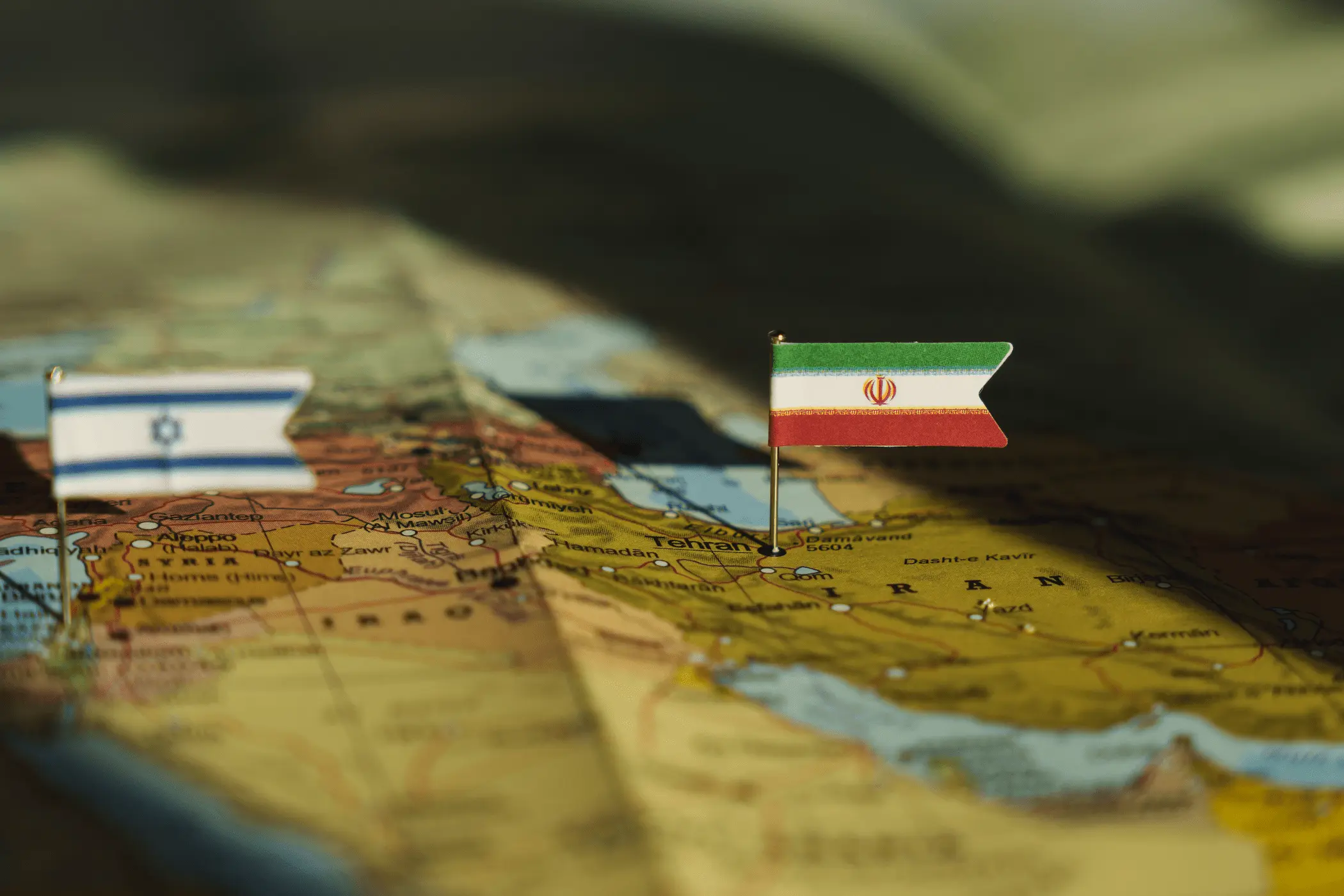
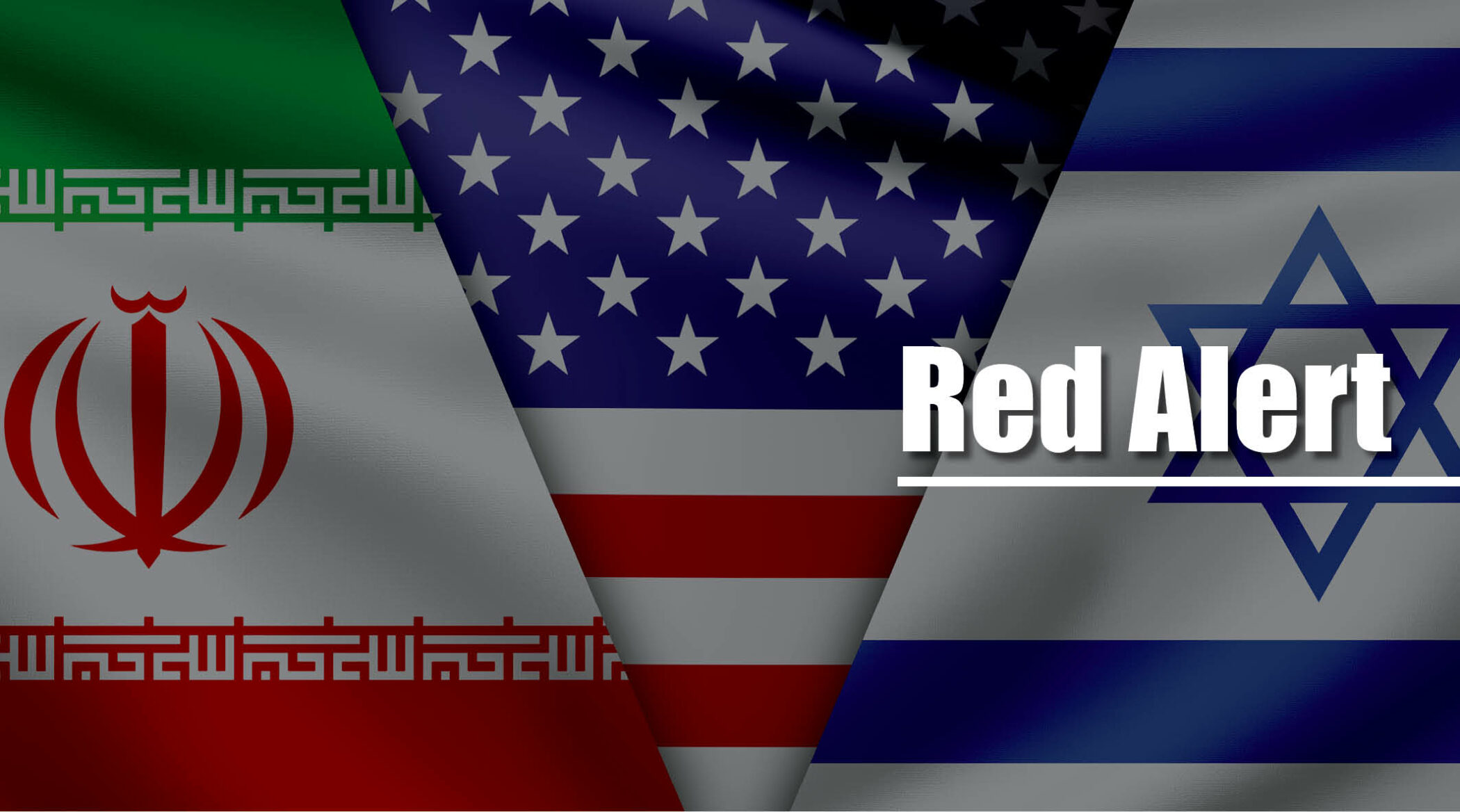
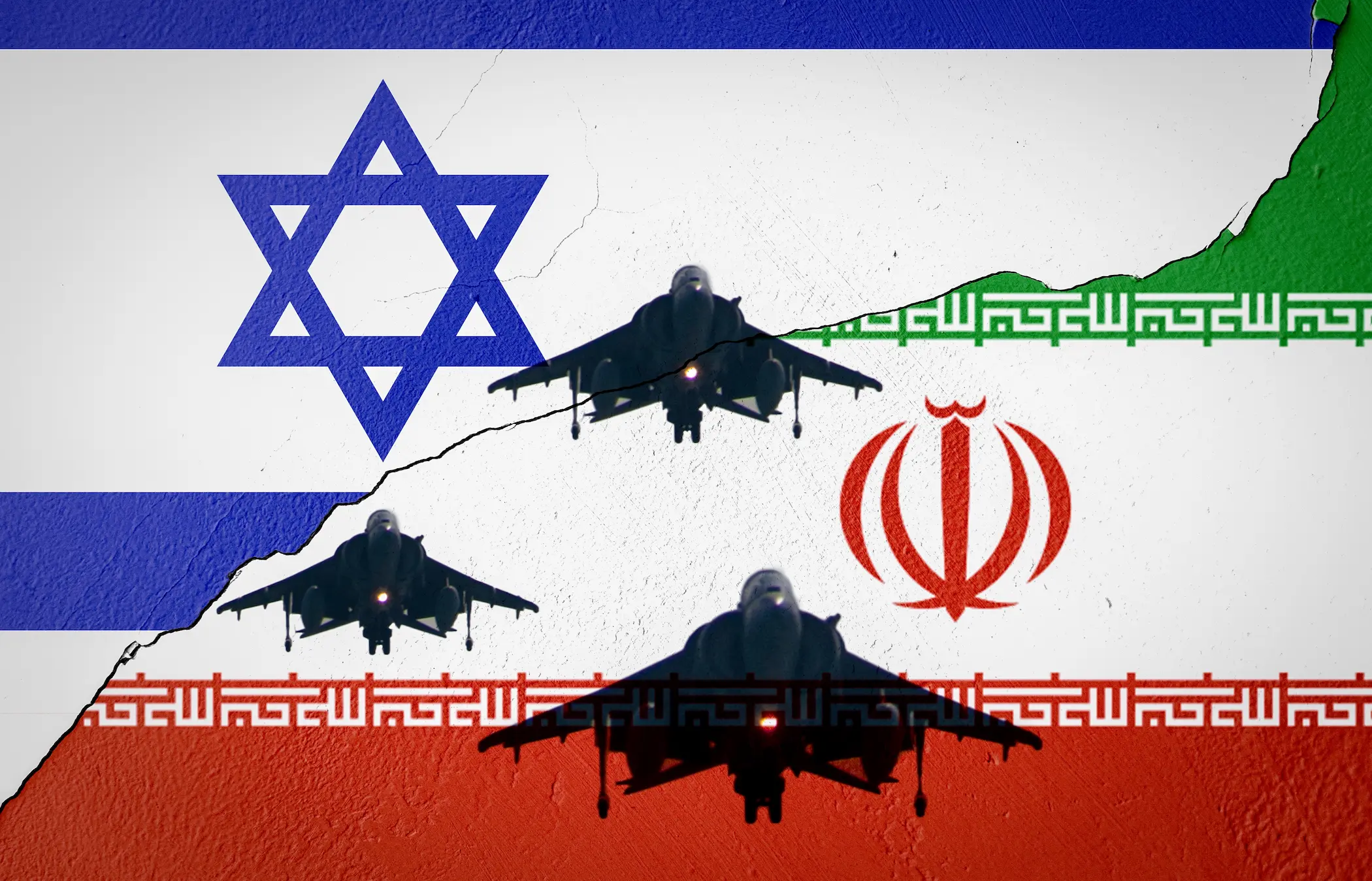

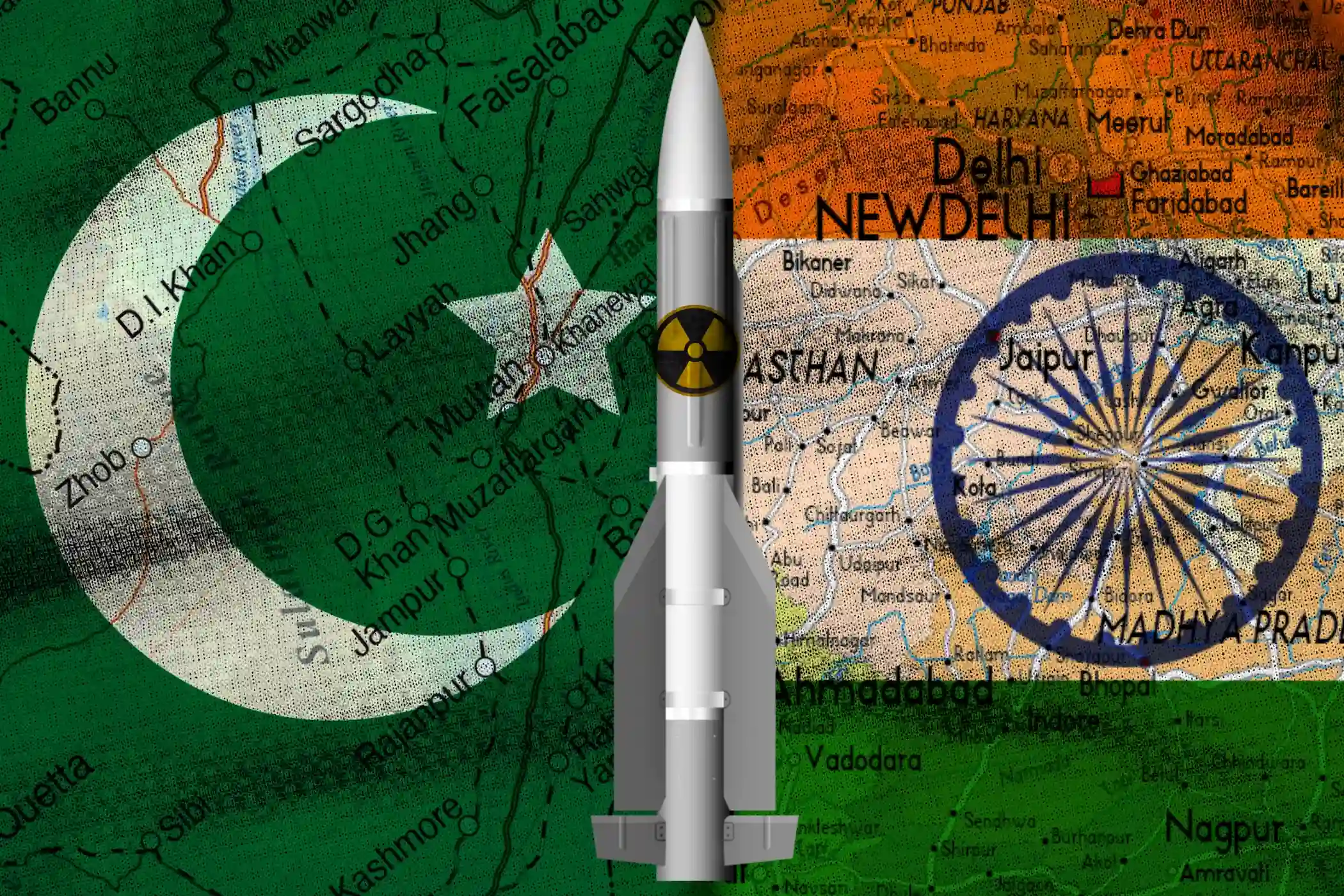
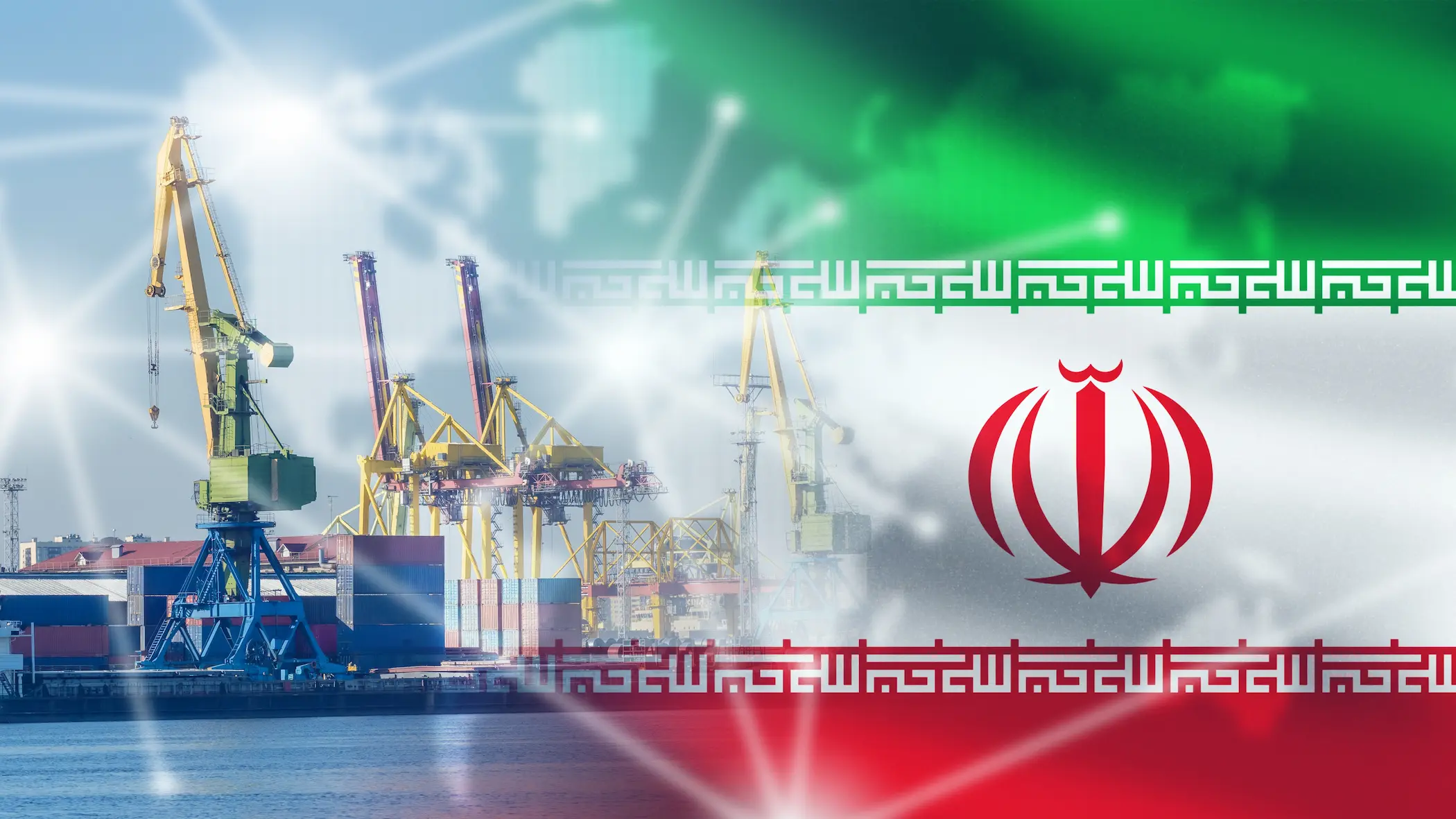




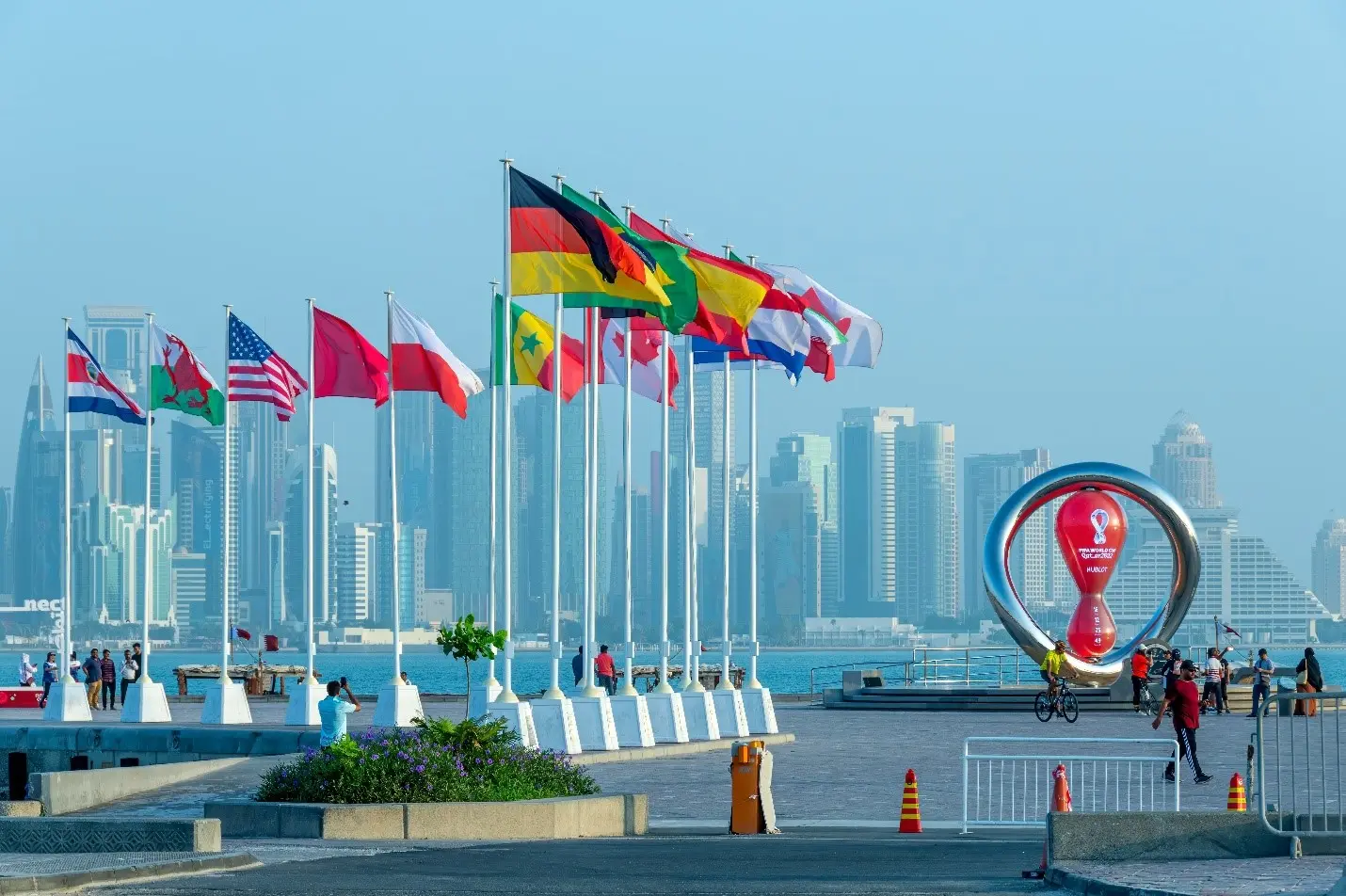
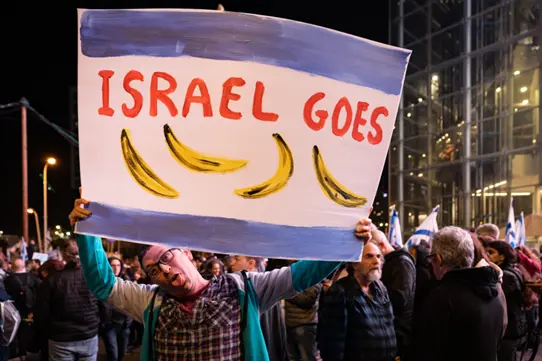

Comments